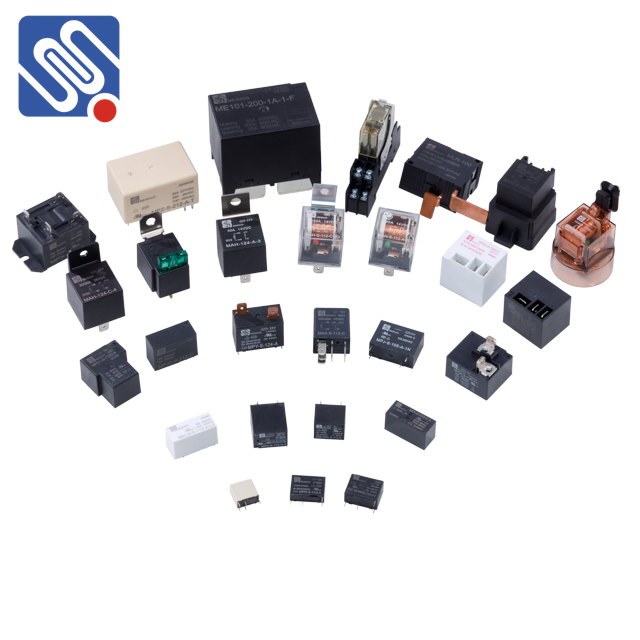understanding relay types: a comprehensive overview
Release time:2025-06-16 14:54:13
Relays are critical components in electrical circuits, used to control the flow of electricity in various applications. They are electromagnetic switches that allow a low-power signal to control a higher-power circuit, making them essential in a wide range of devices and systems. Understanding the different relay types and their uses is crucial for designing efficient and safe electrical systems. This article will explore the main types of relays, their working principles, and their applications.

What is a Relay?
A relay is an electrically operated switch that opens and closes circuits in response to an electrical input. When an electric current flows through the coil of a relay, it generates a magnetic field that pulls a movable contact, closing or opening the circuit. This operation allows the relay to control high-power devices with a low-power signal. Relays are commonly used in automotive, industrial, and household applications, where remote switching or automatic control of devices is needed.
Common Types of Relays
Electromagnetic Relays (EMR)
Electromagnetic relays are the most widely used type of relay. They work by using an electromagnet to open or close a set of contacts. When current flows through the coil, it generates a magnetic field that pulls the armature toward the core, activating the switch. Electromagnetic relays are used in many applications due to their simplicity, reliability, and low cost. They are commonly found in automotive systems, alarms, and home appliances.

